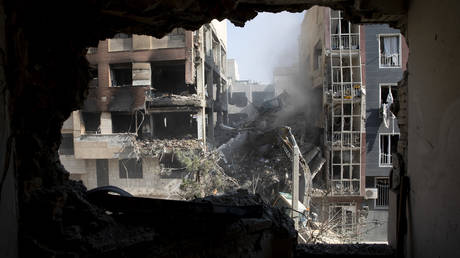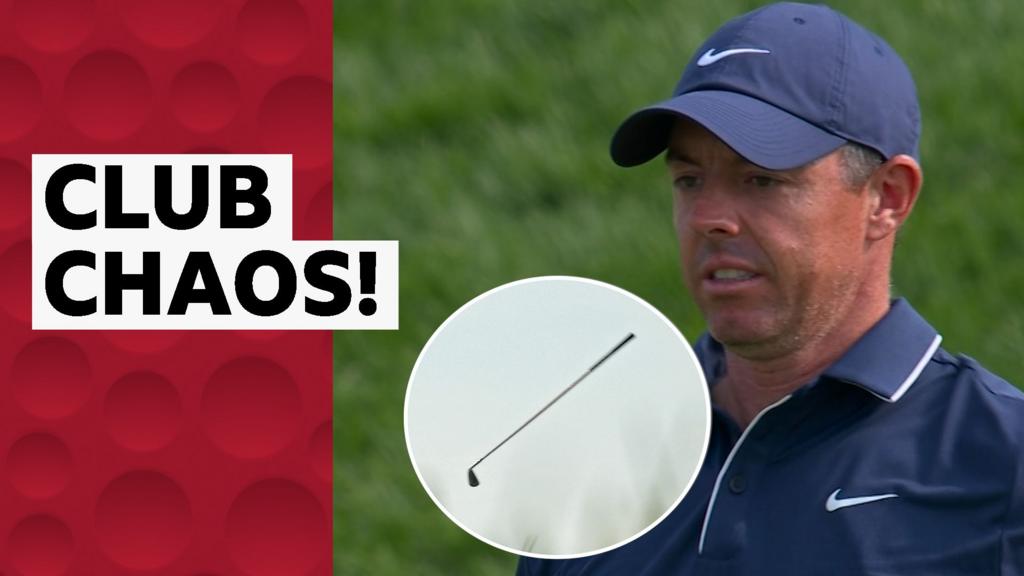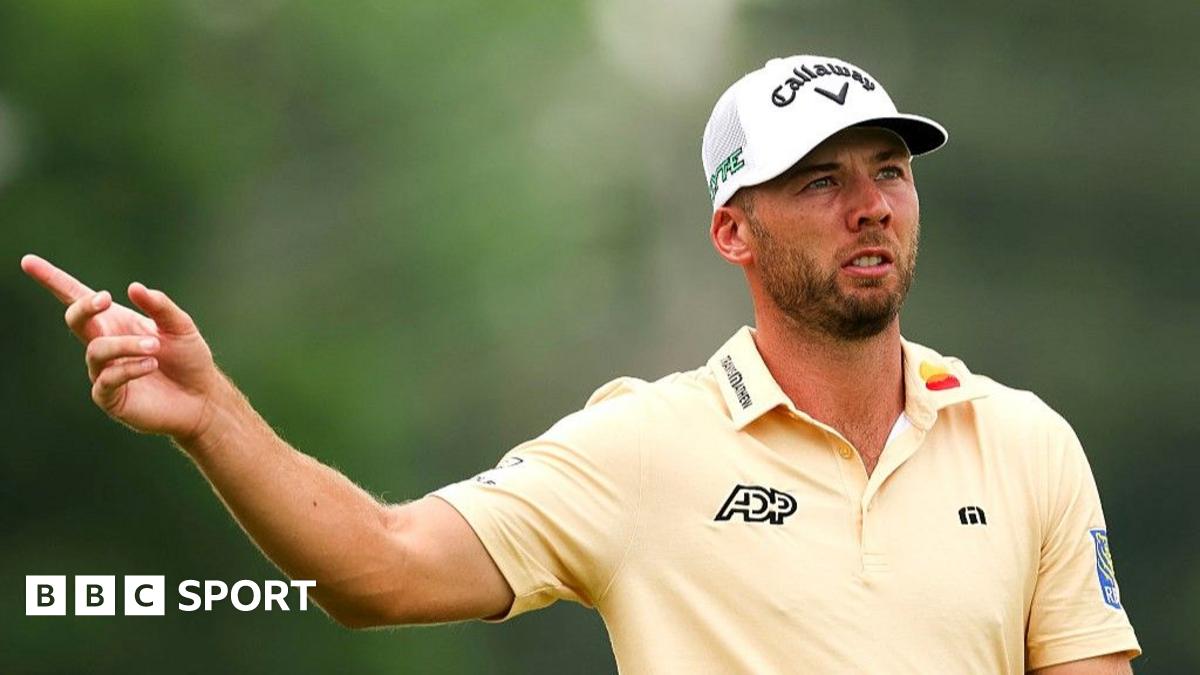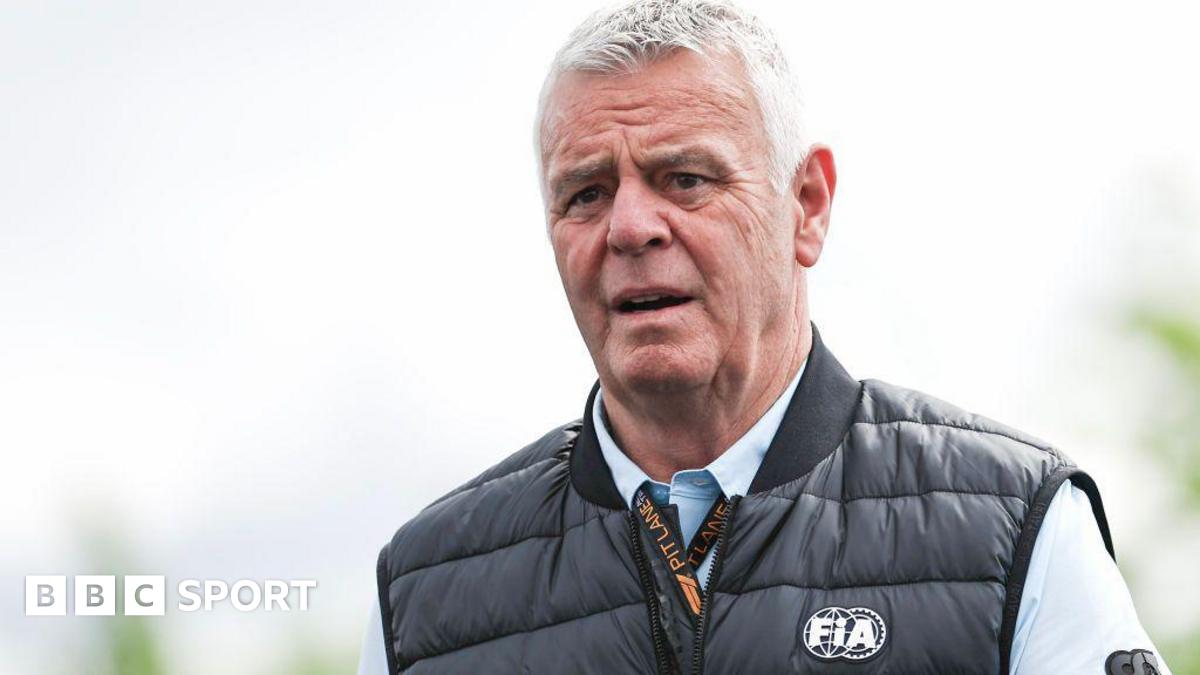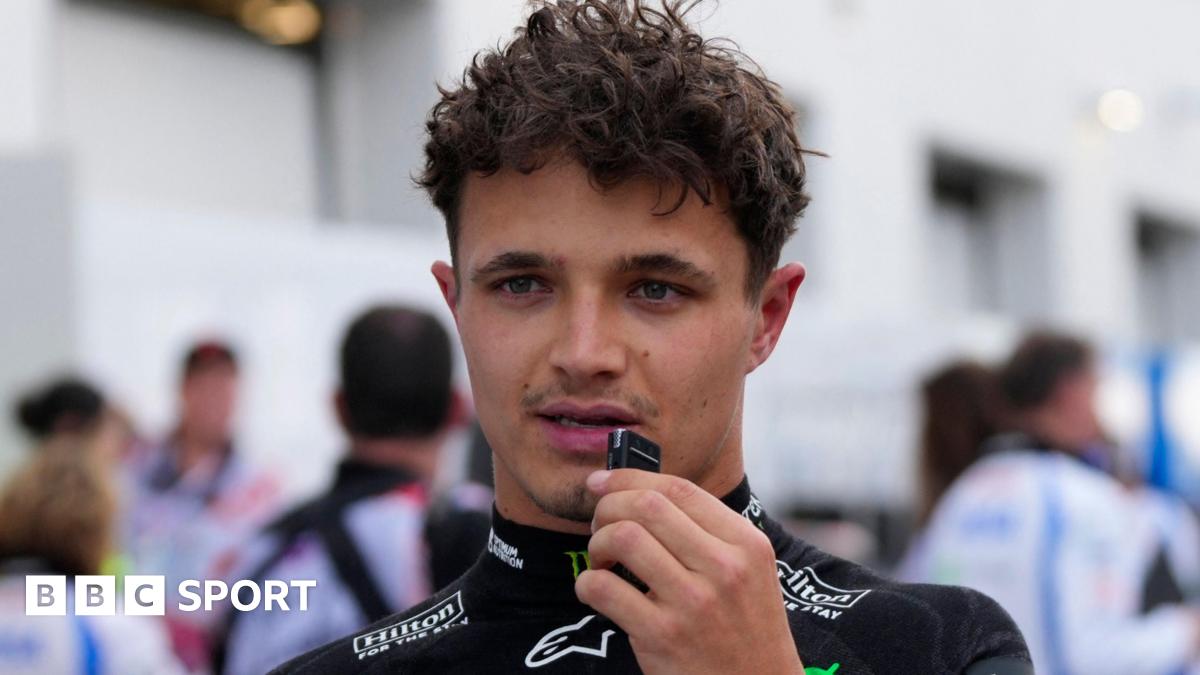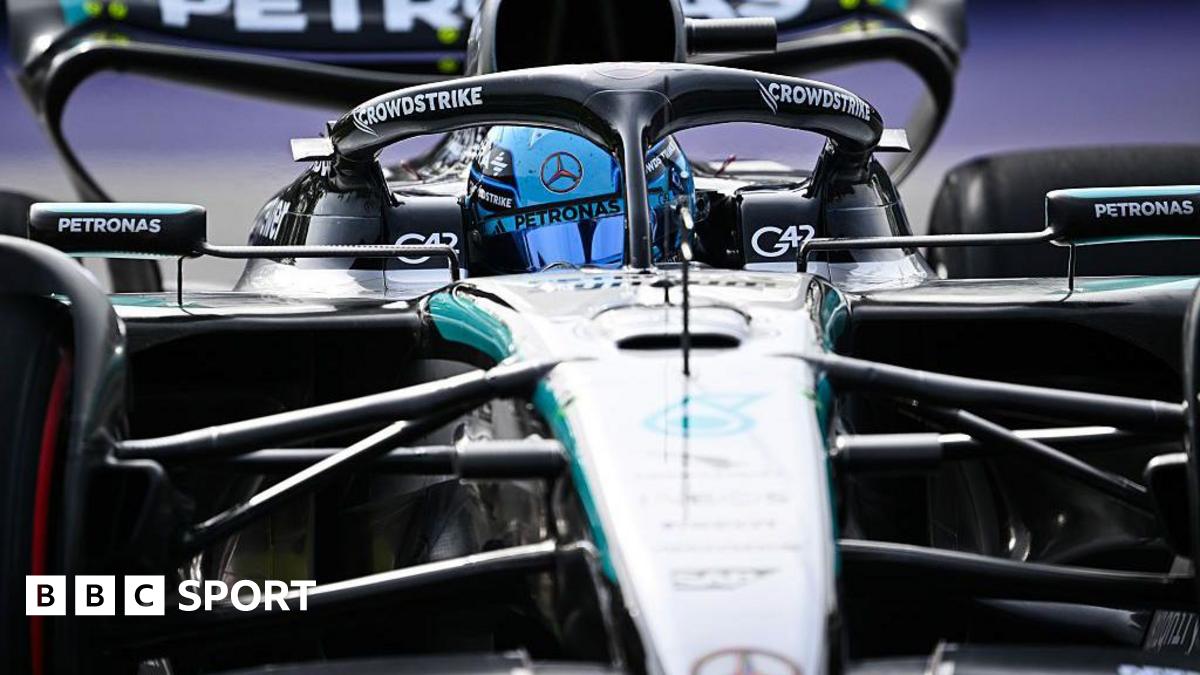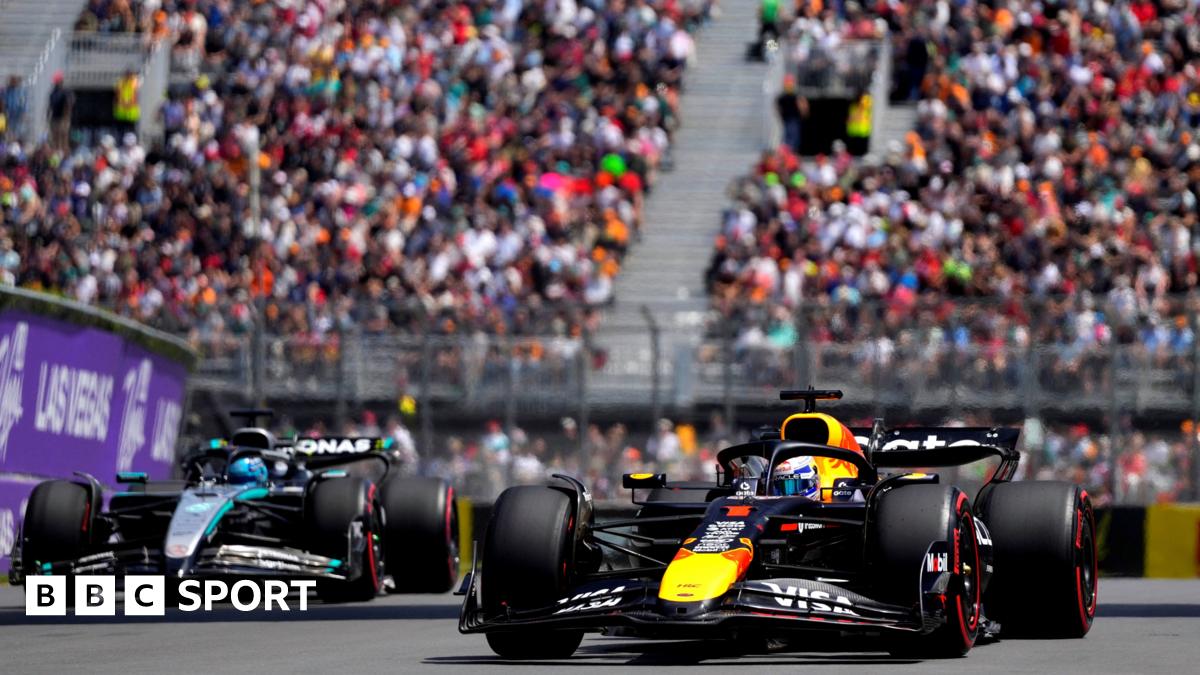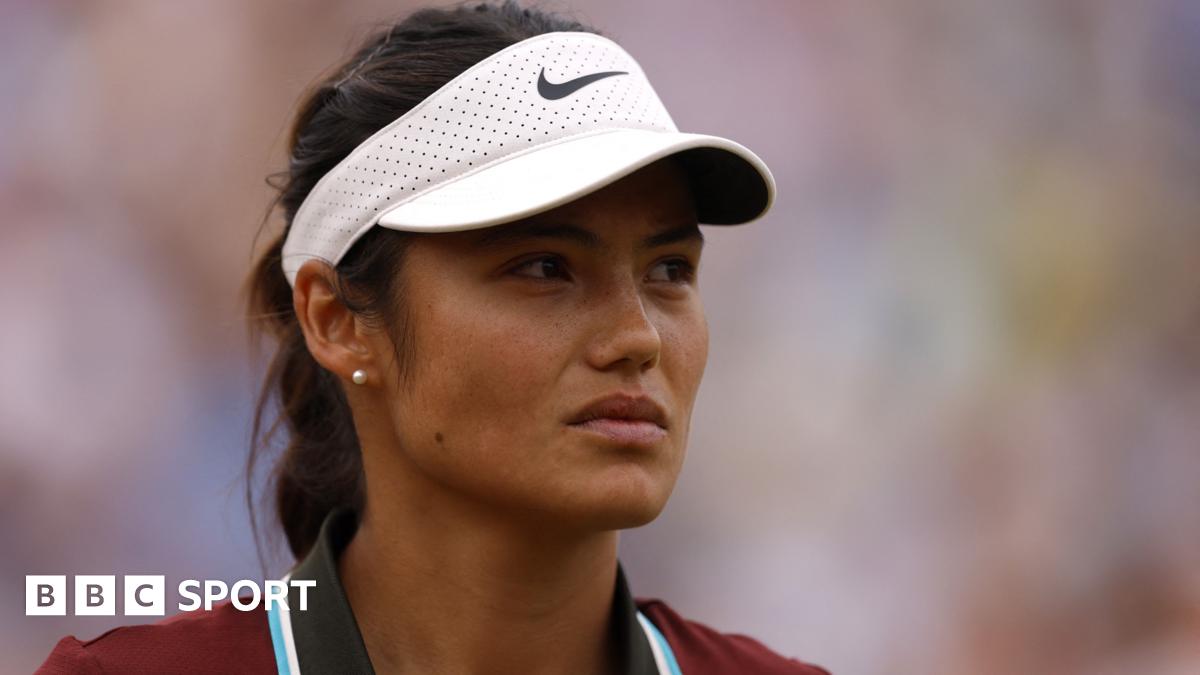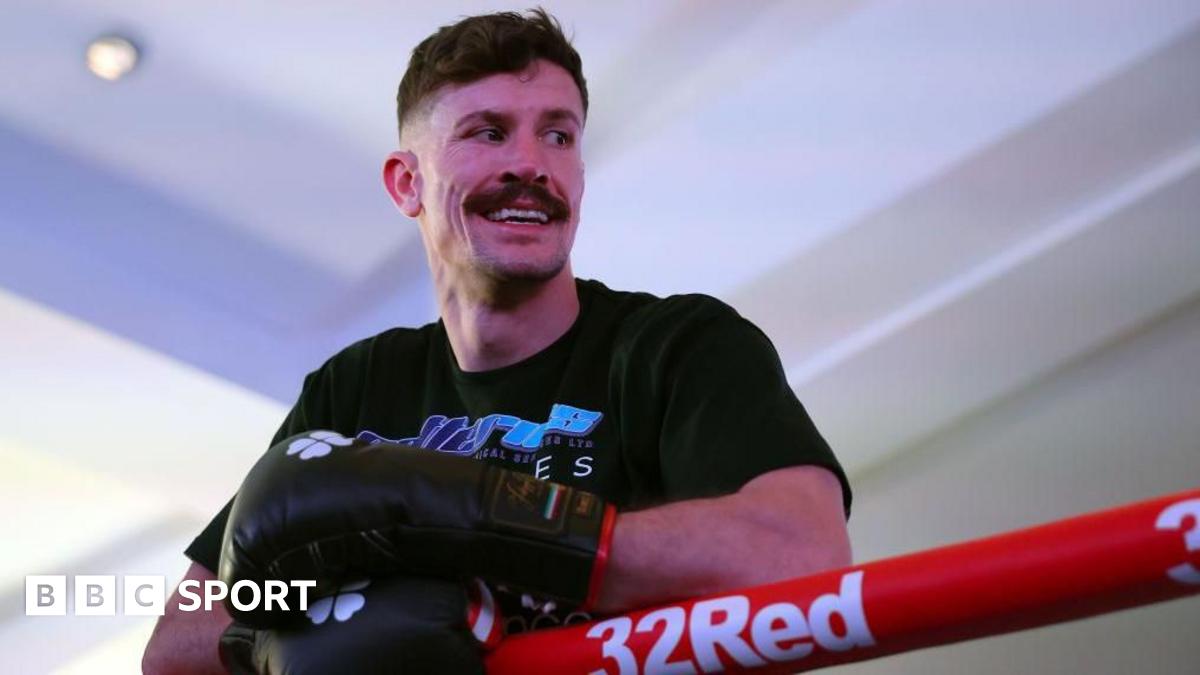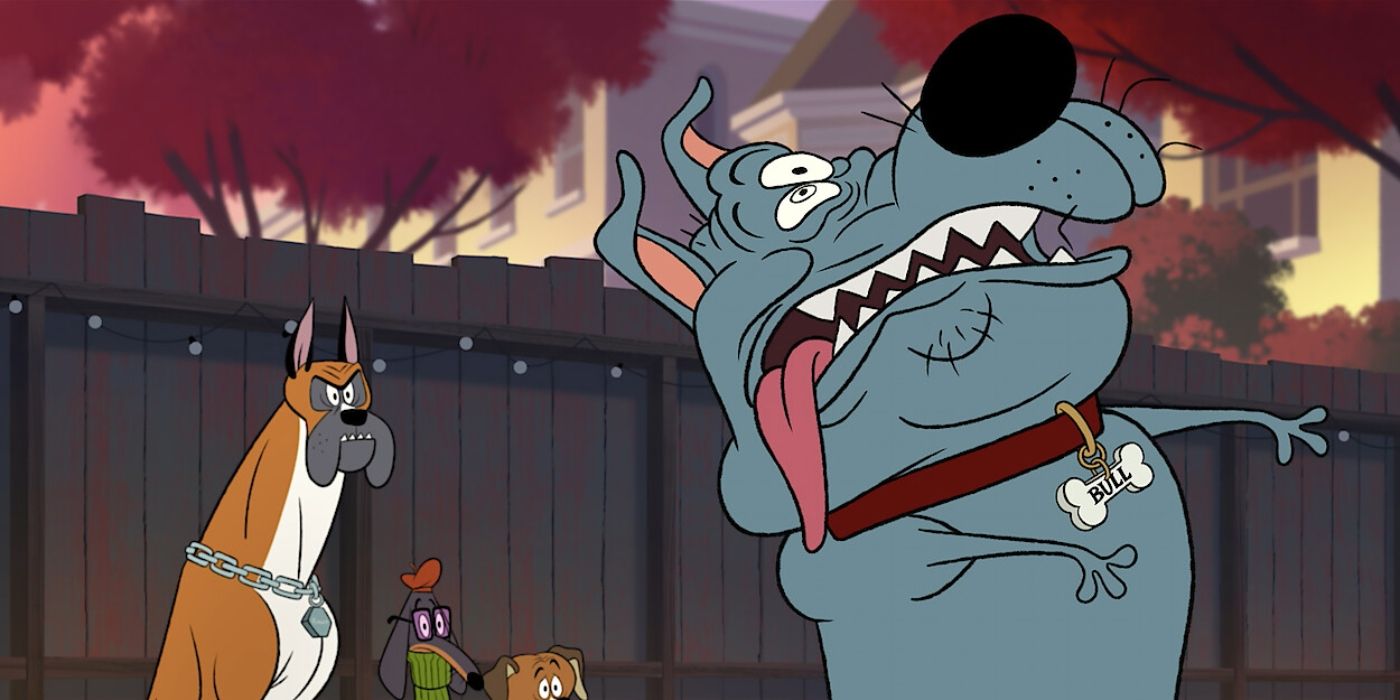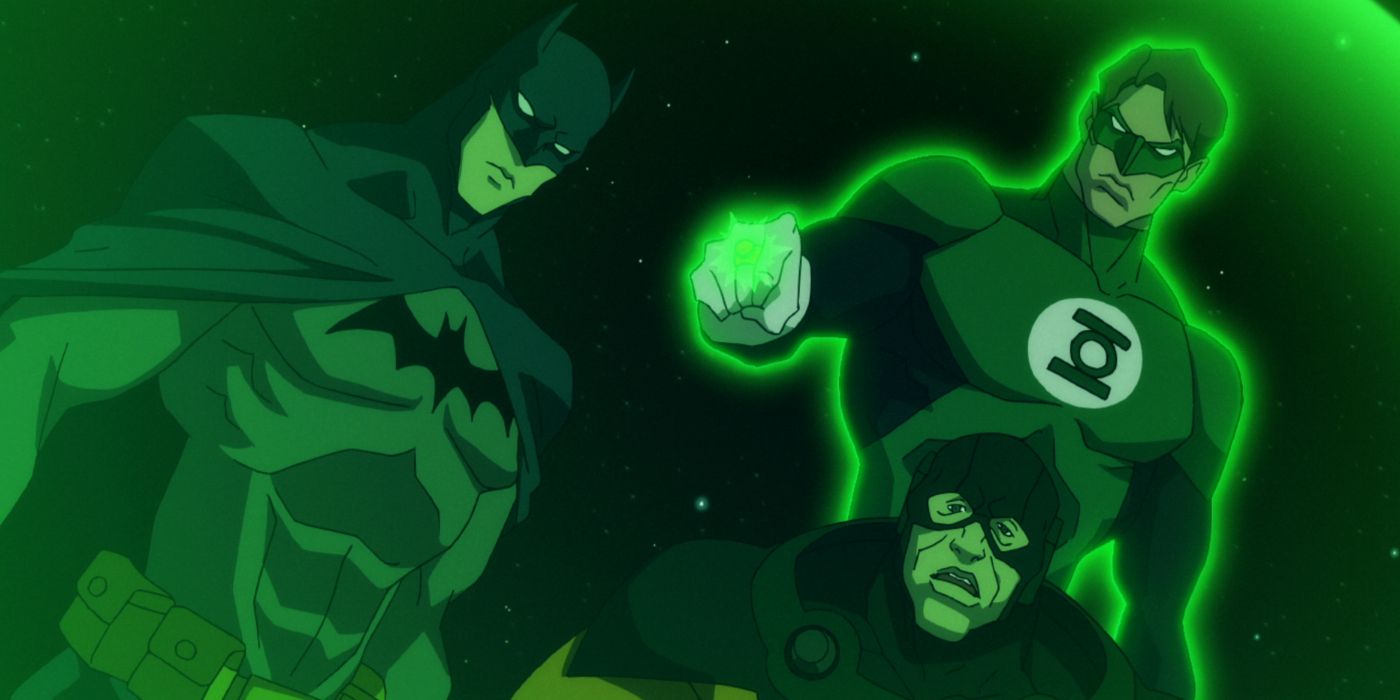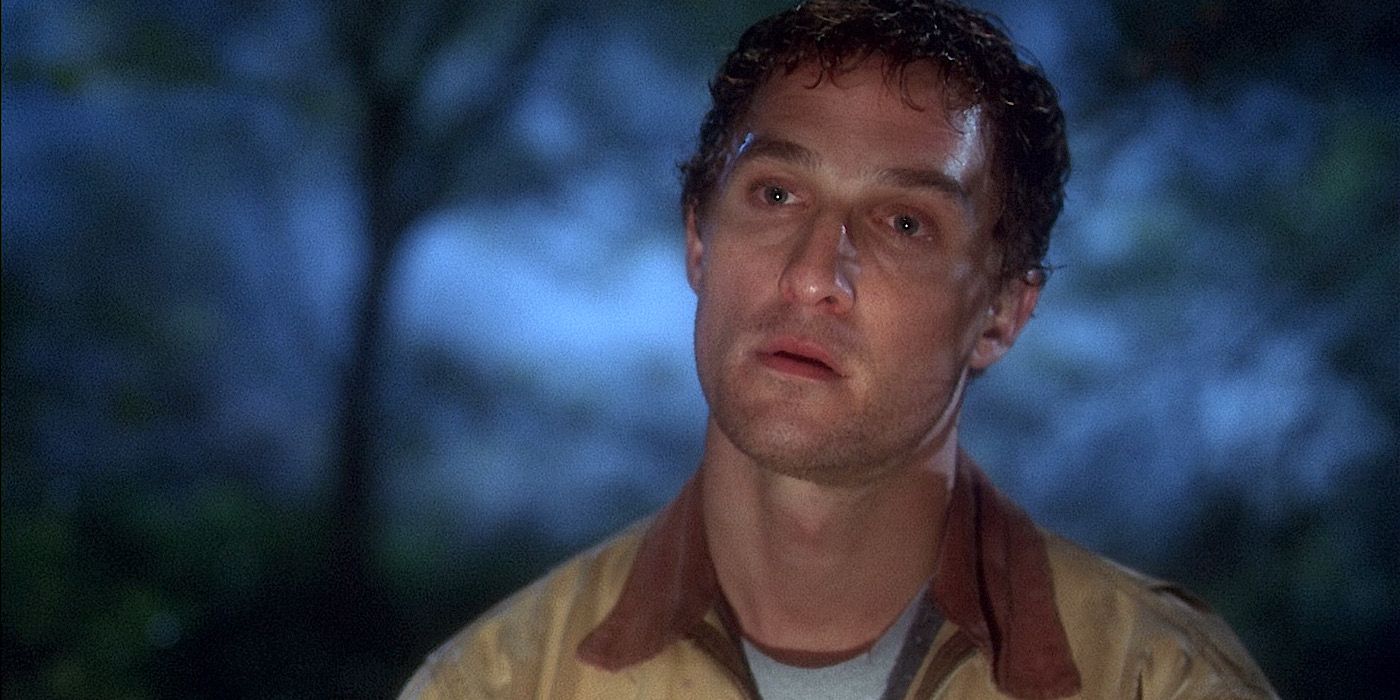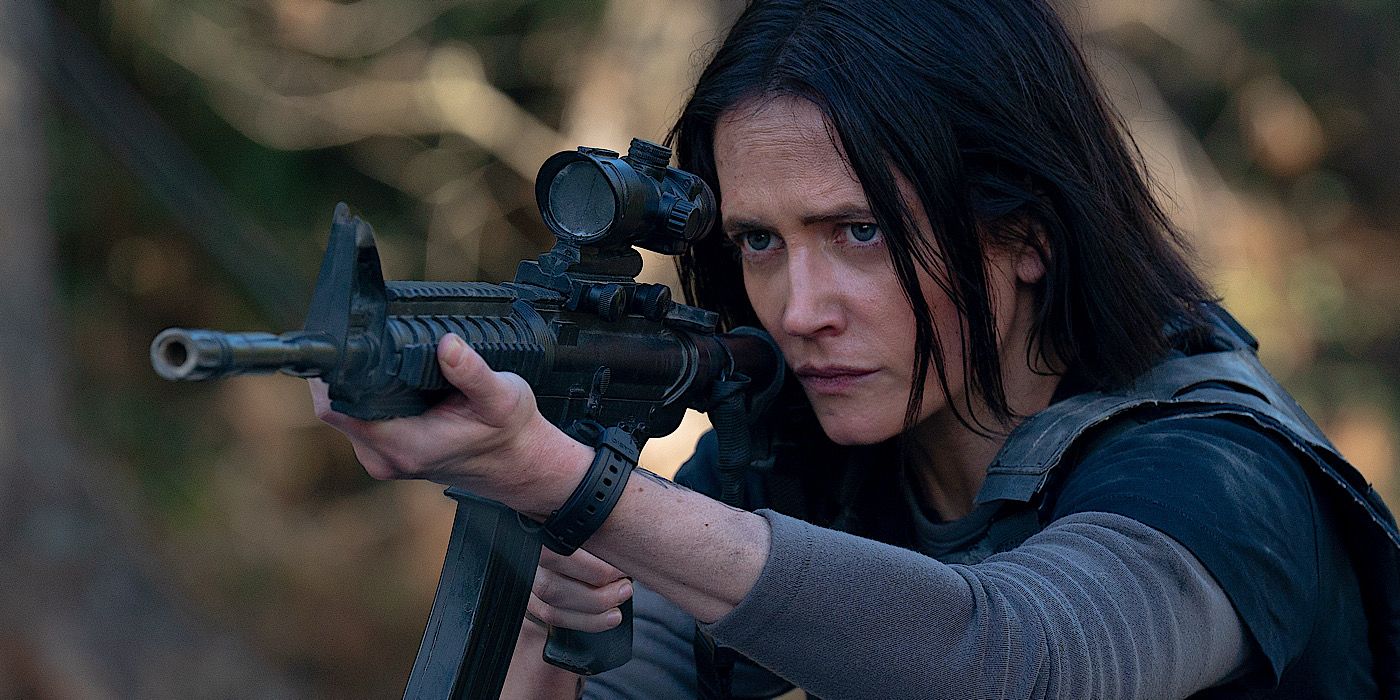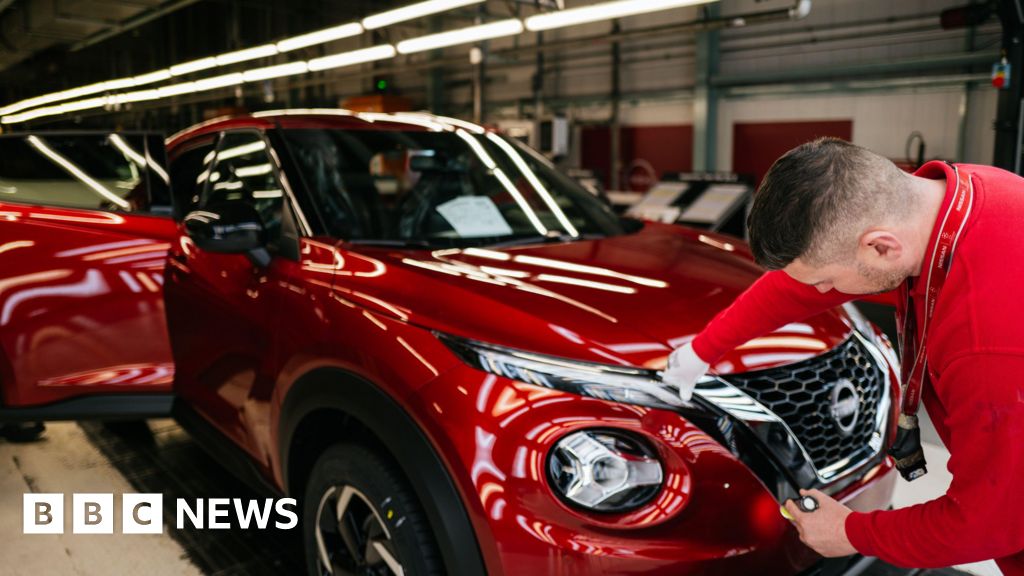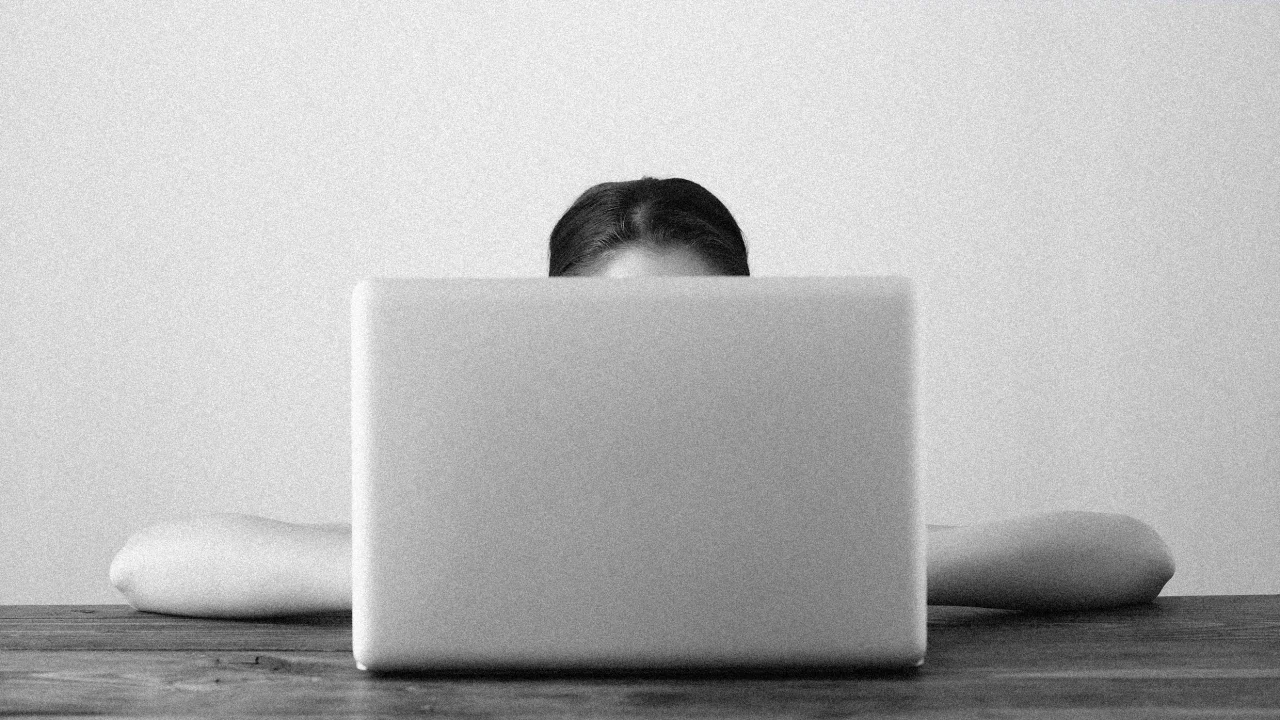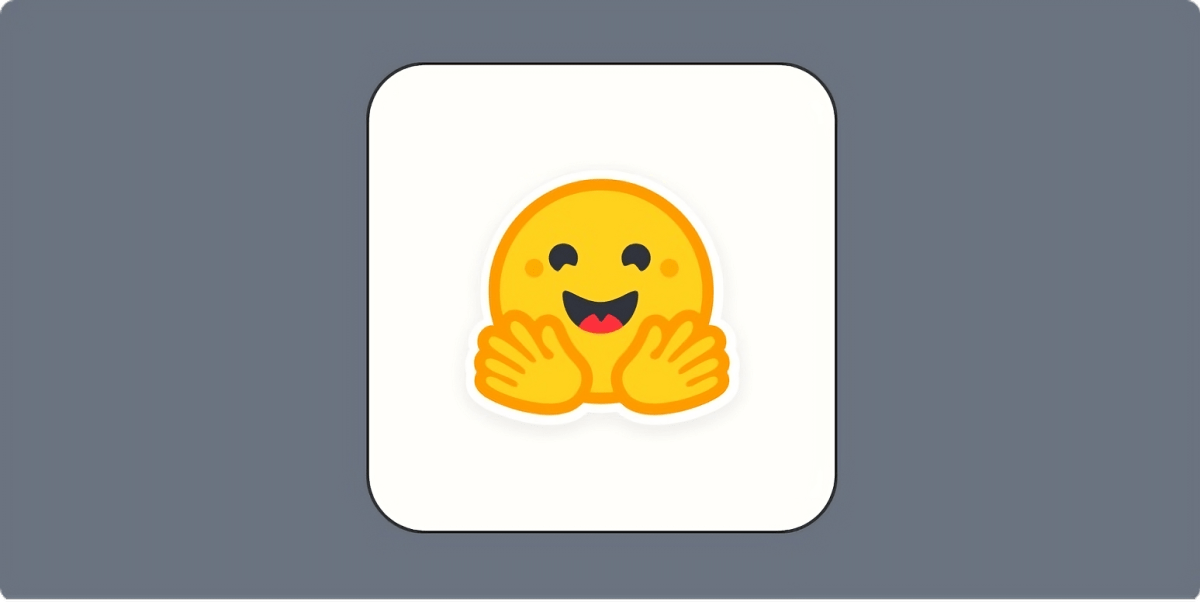Inside Pixar’s weirdly effective strategy for boosting creativity at work
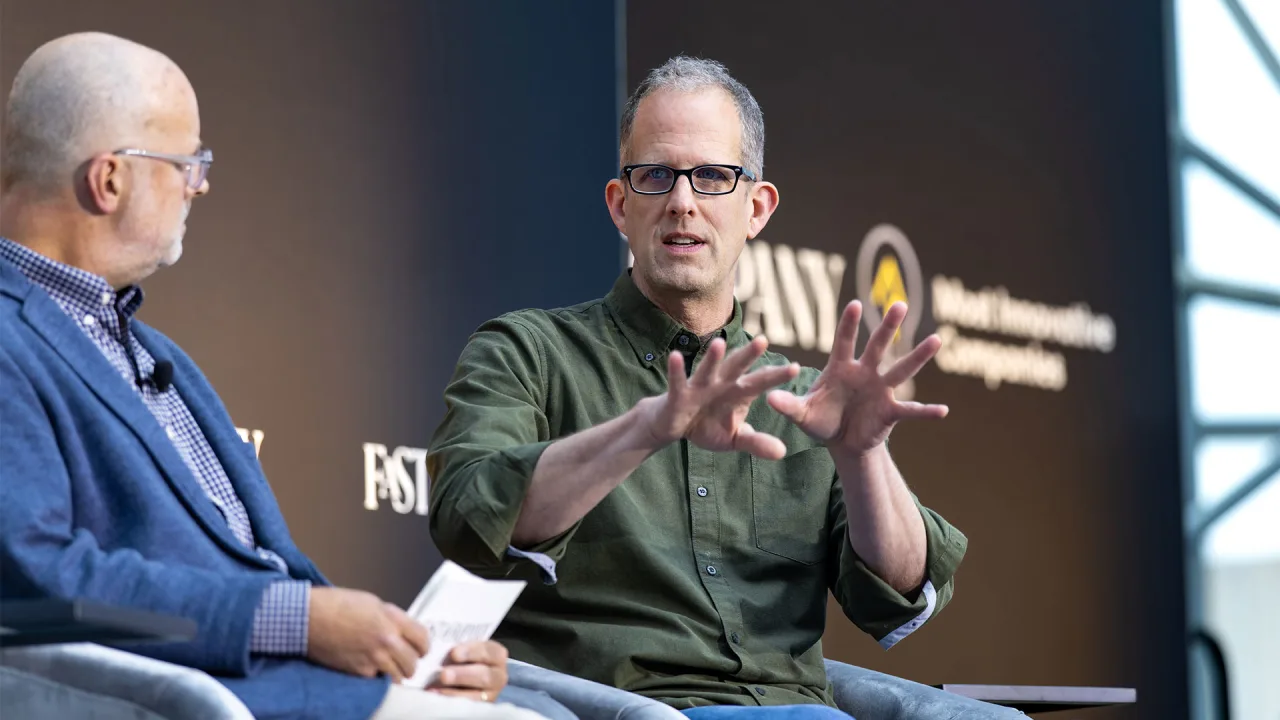
Companies try all sorts of ways—from paint nights to escape rooms—to foster creativity among employees, but Pixar’s approach is likely unique: The animation studio hosts regular “mean caricature” nights, in which employees draw “really nasty pictures” of one another.
“To some degree, we make cartoons, so we’re starting out in a good place, but we really try to foster as much play as we can,” said Pete Docter, Pixar’s chief creative officer, speaking at Fast Company’s Most Innovative Companies Summit in New York last week. Lowering the fear level and encouraging a playful and fun environment, he said, has a tangible benefit: “That seems to produce the best work.”
It may seem ironic that a creative powerhouse like Pixar has to schedule in time for employees to be funny and creative, but Docter said it’s necessary because of the nature of workdays, which are tightly packed into 15-minute increments.
Creative Risks
Embracing creativity is also important because the studio must take risks when creating original worlds to potentially build new film franchises from scratch—and that’s especially true in a time when audiences haven’t fully returned to movie theaters post-COVID and still have a decided preference for sequels, Docter said.
“It’s a rough time, and all we can do is try to make movies that I think are led by us—we have to believe in them,” Docter told the audience. And Pixar will soon test whether audiences agree: Its new original film, Elio, opens in theaters on June 20. This marks the studio’s 29th film in three decades and follows Inside Out 2, which was released last summer and became the Disney animation unit’s biggest box-office hit ever.
The massive success of that film was a surprise, Docter said, as making new original films requires a degree of hoping for the best. “It takes as much work and effort to make something that doesn’t make money as it does for something that does. And you can’t really plan on this stuff—sometimes you just hit the right little combinations of things.”
While the studio has to take risks, Docter said, these films also take five years to make and, by the time moviegoers see one in a theater, about eight different versions have already been made in prototype form. To mitigate some risks, Pixar has landed on a cadence of one original film followed by one sequel, more or less, he added.
“We have to find out what people want before they know it,” Docter said. “Because if we just gave them more of what they know, we’d be making Toy Story 27.”
Embracing AI
While Hollywood more broadly has been trying to contend with the implications of AI in recent years, Pixar has already been using the technology in various ways for almost 10 years, Docter said. One such way: To render a single frame of film—of which there are 24 every second—can take 30 to 40 hours, but the studio developed software in which AI finished off the task in much less time.
“That’s been very productive, it’s not jeopardizing anybody’s job or anything like that,” Docter said. And the studio is exploring other use cases for AI as people are starting to better understand the “really cool” ways it could be used, he added. “As I look at it, it’s an exciting new tool.”
Finally, Docter likened some of the current fear around AI to worries back in the mid-1990s that computer-generated actors were going to replace real actors—something that has yet to happen.
“It’s not going to replace all of us because there is something about the human condition—that’s the reason we go to movies, it’s why we read or sing or listen to music—we’re trying to connect with each other,” he said. “And I think you can just sense that when it’s not there.”
What's Your Reaction?
 Like
0
Like
0
 Dislike
0
Dislike
0
 Love
0
Love
0
 Funny
0
Funny
0
 Angry
0
Angry
0
 Sad
0
Sad
0
 Wow
0
Wow
0




